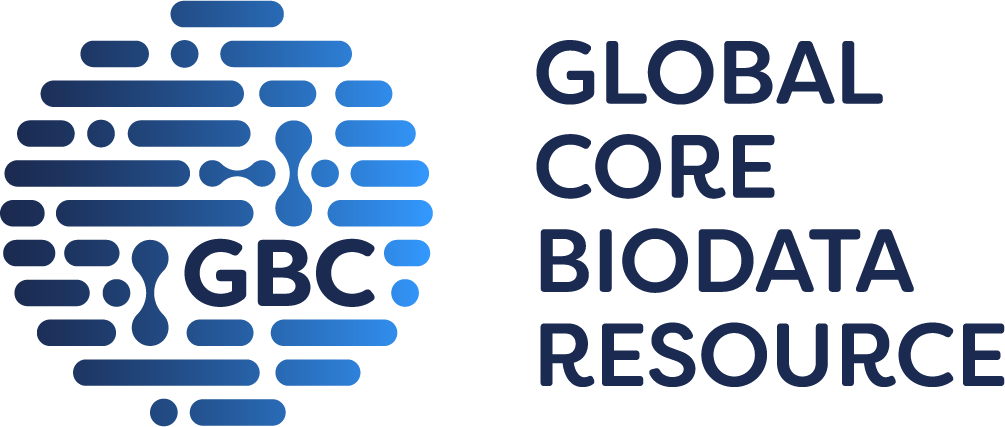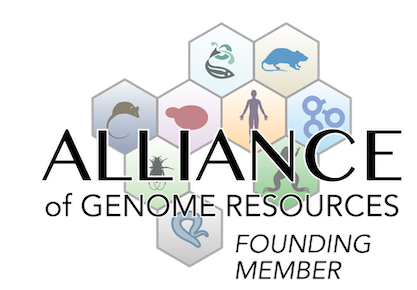neoplasm
|
• following tamoxifen treatment, incidence of colorectal cancer polyps induced by exposure to azoxymethane (AOM) is increased at 30 weeks post exposure
• in addition, AOM-induced tumor number, size and malignancy are increased in tamoxifen treated mice with a higher percentage of adenocarcinomas
|
|
• in tamoxifen treated mice, AOM-induced tumors display increased proliferation and reduced apoptosis
|
|
• in tamoxifen treated mice, AOM-induced tumors display reduced apoptosis
|
|
• in tamoxifen treated mice, AOM-induced tumors display increased proliferation
|
cellular
|
• increased sensitivity to DNA methylating agents in tamoxifen treated MEFs
• tamoxifen treated MEFs show accumulate DNA alkylation
|
|
• in tamoxifen treated mice, AOM-induced DNA damage in the colon is increased
|
|
• tamoxifen treated MEFs show increased sensitivity to oxidative damage
|
|
• MEFs treated with tamoxifen show an increase in the percentage of tail DNA and an increase in gammaH2AX staining with or without AOM exposure
|
|
• following tamoxifen treatment iododeoxyuridine lengths are significantly shorter regardless of AOM treatment
|
homeostasis/metabolism
|
• MEFs treated with tamoxifen show an increase in the percentage of tail DNA and an increase in gammaH2AX staining with or without AOM exposure
|
|
• following tamoxifen treatment iododeoxyuridine lengths are significantly shorter regardless of AOM treatment
|
|
• following tamoxifen treatment, incidence of colorectal cancer polyps induced by exposure to azoxymethane (AOM) is increased at 30 weeks post exposure
• in addition, AOM-induced tumor number, size and malignancy are increased in tamoxifen treated mice with a higher percentage of adenocarcinomas
|



 Analysis Tools
Analysis Tools